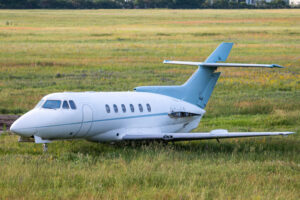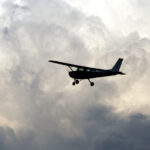Pilot training is helpful, but sometimes a safety device is necessary
Remember in pilot training when your instructor would slap a suction cup on those critical flight instruments, and you would struggle to maintain basic straight and level flight? Imagine if you could have pulled out a portable, battery-powered instrument pack and continued the approach without a care. You would get the last laugh on that training flight, for sure!
On a more serious note, imagine flying on a dark, snowy winter night and the visibility and ceiling at your destination are low IFR. As you begin the ILS approach, your attitude indicator rolls from one side to the next, then flips completely upside down. This happened to me.
Practicing partial panel with an instructor or safety pilot sitting next to you is one thing. It’s quite another when you’re alone in the slag and suddenly you don’t know which way is up. Terrifying.
Radiant Technology is working on helping pilots who find themselves in this position. They recently introduced a portable, battery-powered Flight Sensor Pack. I wish I had one during all those dark and stormy nights. The pack combines an artificial horizon with other common aircraft instruments.
I’m happy with just the artificial horizon this new instrument offers. Still, the Flight Sensor Pack also includes an altimeter, G-meter, vertical speed indicator, density altitude, and a display of pitch and roll values. The cool part is that it is not attached or wired to the aircraft in any way, so you can have it on board as a backup instrument, and the FAA can’t say a word about it.
Radiant Technology made the backup instrument a small package for the pilot’s convenience. They also have a version designed for experimental and light sport aircraft installation, with the manufacturer’s approval.
Radiant Technology is marketing the pack for pilots and passengers (Gs during turbulence on a commercial flight, changes in cabin pressure, etc.). But the real value is for a pilot in an abnormal or emergency situation. Pilot training can help prepare us for instrument failures, but when it happens in real life, in actual weather, I’d take a miniature version of a working instrument panel any day of the week and twice on Sunday.
RELATED READING
RELATED CTS TRAINING









